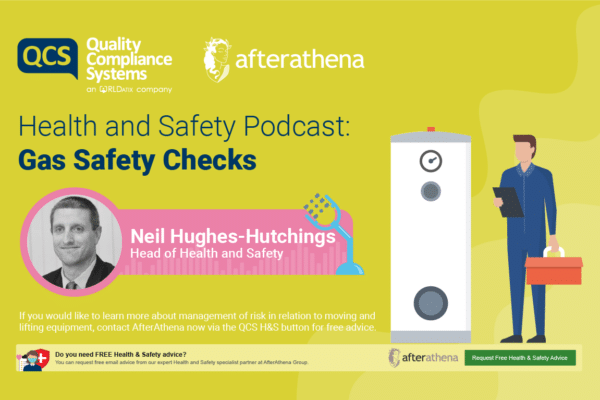
When the only way to see the whole picture is to take a step back… and stop picking at it!
Woodchip wonder
I’m standing on the sofa again, but this time I am picking at the wallpaper. Just one little island remains. Its edges are brown as the woodchip paper comes away. It’s got to come off so we can paint this last section.
Rice in the walls
As a child, I thought woodchip had rice buried beneath its surface. I can confirm it doesn’t! I can’t visualise how the whole wall used to look now anymore as I have picked and pealed so much away.
I stop. Still precariously perched with toes balancing on the sofa… a thought occurs – “Why haven’t I just got the steamer out?!”
Fit and Proper Persons Requirement: Regulation 5
I’m thinking about the changes CQC wish to make to the fit and proper person requirement. So often we see guidance changed as it is tried and refined.
History
The fit and proper persons requirement (FPPR): Directors was introduced in November 2014 for NHS hospitals and in April 2015 for all other sectors. It was implemented in response to findings into Mid Staffordshire NHS Foundation Trust and Winterbourne View Hospital. It requires all providers registered with CQC to assure through a robust process that all directors (or those in equivalent roles) are fit to carry out their responsibility for the quality and safety of care.
Messy job
I’ve got sticky paper under my nails… it’s dirty, and a messy job, and so was working out how to implement FPPR!
Disjointed
It’s been a little disjointed as both CQC and providers tried to work out what this meant for them, especially in defining some of the terms, such as ‘directors’, ‘and ‘chief executive’ as organisations varied in size and configuration.
CQC’s role was not to check the fitness directly of directors, but the processes providers have in place to ensure their directors meet the requirement… complicated and a little sticky.
Here comes the paperwork!
Yes, well. CQC review the robustness of the provider’s process through registration, and when information that may be of concern is shared with CQC from a third party. CQC sift through the information at panel and make a decision on what will be shared with the provider – based on relevance.
What could happen moving forward?
If you go right to the end of the 70 page second part of the CQC consultation you will find FPPR nestled, and it says… ‘In future, we propose to continue to notify providers of all concerns relating to their directors, but will ask them to assess all the information we receive. We will ask the person providing the information for their consent to do this, and will seek to protect their anonymity if necessary.’
What does it mean?
Well, it could mean greater work for the provider looking through a greater amount of information however irrelevant or malicious.
Why are they doing it?
I can think of three reasons:
1. CQC don’t have the time or money to sift through it themselves to extract only what is relevant.
2. They are concerned their decision on what is relevant may be challenged, or could be plain wrong.
3. They are giving the provider greater responsibility on information that pertains to them – giving them the right to respond and to make changes
A scraper and some muscle
My husband has come to my rescue. No steamer needed. Just a scraper and him. He strips back the final pieces. The wall has continuity again – it all matches up and makes sense… It is in harmony with itself and can hide nothing now. I wish everything was that easy and transparent!
CQCs consultation of FPPR can be found here from page 55.






